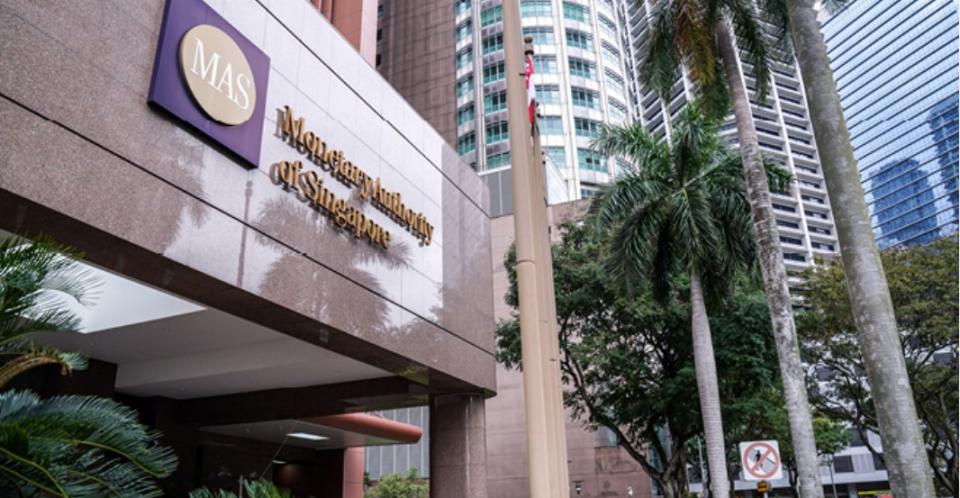MAS and NY Fed reach new milestones in cross-border payments and settlement

MAS and NY Fed successfully experiment with CBDCs in cross border payments to reduce costs and settlement time
According to a press release by the Monetary Authority of Singapore (MAS) and the New York Federal Reserve, Project Cedar Phase II and Project Ubin+ (Cedar x Ubin+) have made progress in cross-border real time settlements with central bank digital currencies (CBDC).
Project Cedar undertaken by the New York Federal Reserve’s New York Innovation Centre, and Project Ubin+ by the MAS, announced on May 19 that they examined a cross-border multi-currency use case in which vehicle (or bridge) currencies are used as a bridge to exchange currency pairs that are not widely traded.
The efficiency gained from the experiment enabled cross-border payments to be settled simultaneously (atomic settlement), near-real time, and enabled interoperability and autonomy across separate central bank currency ledgers.
Specifically, Cedar x Ubin+ explored the ability of distributed ledger technology (DLT) to establish connectivity across at least three simulated currency ledgers, reduce settlement risk, and decrease settlement time. The experiment was conducted in a test environment and the hypothetical payments were settled using simulated wholesale CBDCs.
The Cedar x Ubin+ collaboration investigated potential solutions to bridge different types of networks implemented under separate governance and operating models, while maintaining the independence of the respective central bank infrastructures. The experiment solved the issues around interoperability, and validated the notion that costs and settlement times could be reduced using DLT.
The experiment used hashed timelock contracts, a form of smart contract. These contracts were used to successfully bridge ledgers with distinct underlying DLT systems and to execute simulated cross-border, cross-currency payments.
Cedar x Ubin+ demonstrated that interoperability could be established across ledgers with different technical designs. Atomic settlement (simultaneous settlement) was achieved as the claiming of funds by each member of the payment chain was conditional upon the ability of all participants to claim their respective funds, significantly reducing the counterparty risk associated with a given transaction.
Settlement was achieved in under thirty seconds for all test scenarios (usually settlement takes around two days), including payment chains requiring several cross-ledger currency exchanges.
“Cross-border payments are a major railway for facilitating the functioning of the global economy” said Michelle Neal, Head of the Markets Group at the New York Fed. “Our research collaboration with the MAS reveals key opportunities for central bank innovation to play an important role in easing wholesale payment flows globally and improving settlement outcomes.”
Leong Sing Chiong, Deputy Managing Director (Markets & Development), MAS, said “The Cedar x Ubin+ experiment envisages a future digital currency landscape where central banks can enable interoperability of wholesale CBDCs to facilitate more efficient cross-border payment flows including for less liquid currencies, without requiring a common infrastructure.”
See Also:
Click here to stay updated with the Latest Business & Investment News in Singapore
MAS details information-sharing platform among banks to combat financial crime
Singapore’s near-term outlook remains uncertain with downside risks: MAS
Singapore’s headline inflation down to 5.5%, MAS core inflation down to 5% in March (update)
Get in-depth insights from our expert contributors, and dive into financial and economic trends